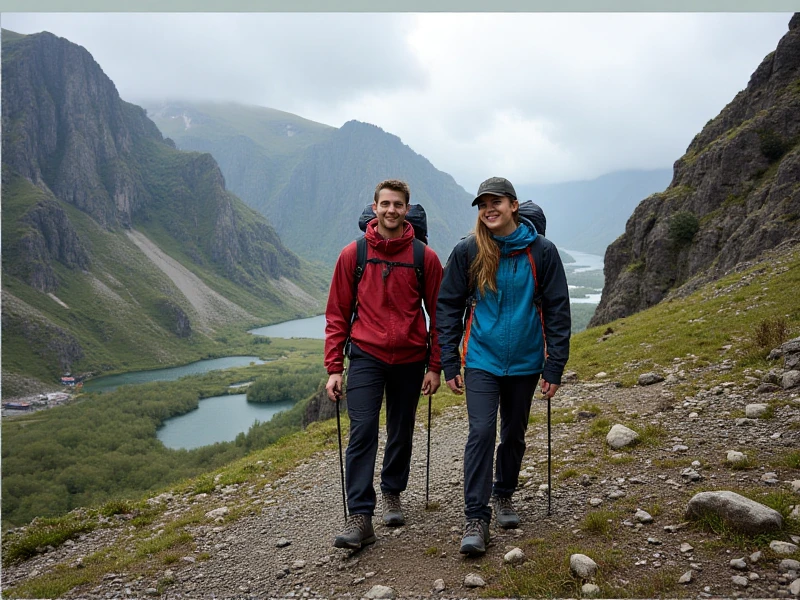Hiking Boots vs Trail Shoes: How to Choose Your Ideal Fit

Here is the SEO-optimized article focusing on the keyword "women's hiking shoes":
Finding the perfect pair of women's hiking shoes is crucial for comfort, safety, and enjoyment on the trail. With options ranging from supportive hiking boots to agile trail shoes, selecting the right footwear depends heavily on your hiking style and the terrain you tackle most often.
Understanding the core difference is key. Women's hiking boots typically offer taller ankle support, a stiffer sole for rocky or uneven ground, and greater durability for carrying heavier loads. They excel on multi-day backpacking trips, technical trails with loose scree, or when maximum ankle protection is needed. Conversely, women's trail shoes or hiking shoes are lower-cut, lighter, and offer greater flexibility and freedom of movement. They are ideal for day hiking on well-maintained trails, fast-paced adventures, or warmer weather where breathability is essential.
When selecting women's hiking shoes, consider these crucial features:
- Traction: Look for aggressive, deep-lugged outsoles made from durable rubber (like Vibram) for reliable grip on wet rocks, mud, and loose dirt. The lug pattern should suit the terrain you frequent.
- Protection: Features like a rock plate embedded in the midsole shield your feet from sharp stones. A protective toe bumper is essential for stubbing against roots or rocks.
- Fit & Comfort: Women's feet often differ in shape (narrower heel, wider forefoot). Prioritize shoes specifically designed for women's anatomy. Ensure sufficient toe room (a thumbnail's length), secure heel lock, and minimal slippage. Break them in before long hikes!
- Waterproofing vs. Breathability: Waterproof membranes (like Gore-Tex) keep feet dry in wet conditions but reduce breathability. For fast hiking in dry weather or hot climates, highly breathable non-waterproof women's hiking shoes offer cooler comfort and dry faster if they get wet.
- Support & Cushioning: The level of arch support and midsole cushioning depends on your foot type and hike length/luggage weight. Test stability on uneven surfaces.
Don't forget supportive hiking socks and consider the weight of your typical backpack. Trying on different brands and models, ideally later in the day when feet swell, is vital. The best women's hiking shoes will feel secure, supportive, and comfortable right out of the box, inspiring confidence with every step you take on the path ahead. Ready to explore?